By Esmeralda Flores
Read Part I of this blog here.
Read Part II of this blog here.
This three-part blog series, co-authored by ACLU Foundation of San Diego & Imperial Counties’ Legal Investigator & Researcher — Mayra Lopez and Immigrant Rights & Binational Affairs Advocate — Esmeralda Flores, is a uniquely personal glimpse into our work to protect immigrants’ civil rights and freedoms. The collective efforts of our local ACLU’s Advancing Immigrants’ Rights Team were instrumental in bringing to international attention the terrible inhumanity of the Trump administration’s policy of forcibly separating children from their families. These efforts led the national ACLU to file a federal lawsuit to reunite an asylum-seeking mother and her 7-year-old daughter separately detained 2,000 miles apart. The lawsuit cites violations of the Constitution’s due process clause, federal law protecting asylum seekers, and of the federal government’s own directive to keep families intact. Mother and daughter were reunited in March 2018, though the national class-action lawsuit continues.
“Miss, they told me that my mom had forgotten about me, that she went back home and left me here.”
My heart broke when I heard these words from a 9-year-old girl who had been forcibly separated from her mother by U.S. authorities at the border. I met Heidi in Phoenix last summer when I, together with two colleagues, Mayra Lopez and Gracie Uriarte, traveled there to help reunite these families.
In late July 2018, my colleagues and I traveled to Arizona to assist the Lutheran Social Services of the Southwest (LSSS) and FWD.us, after a federal judge ordered the government to reunite the more than 2,500 children with their families.
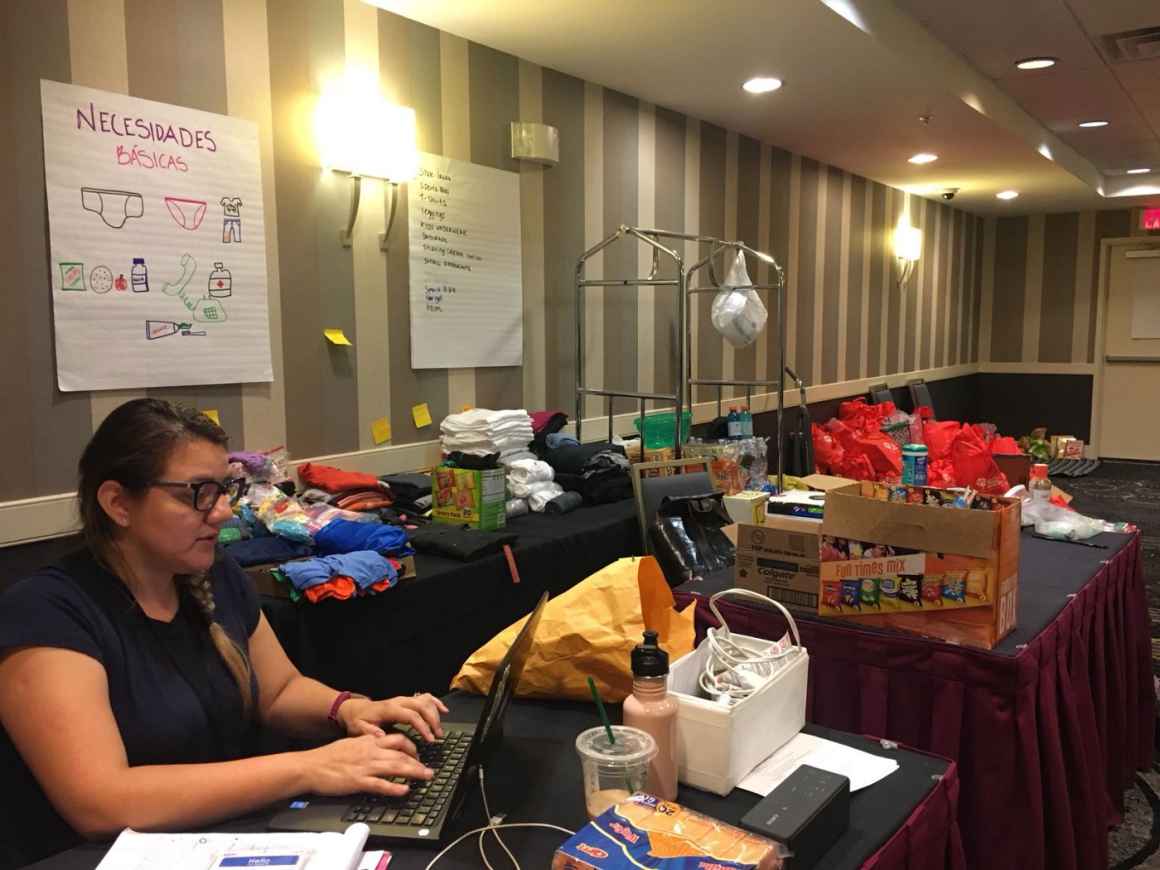
After ICE reunified the parents with their children, the families were taken to the LSSS office in Phoenix. Shortly after, they were taken to a hotel where they could rest. As I welcomed the families, I had to explain to them that they were no longer in a government facility to ease any fears.
We spent an average of 24 to 48 hours with the families before they left for their final destinations. While they were with us, we made sure they were cared for and comfortable. We did our best to ensure the hotel’s conference room was a welcoming and fun environment. We set up an area where people could get snacks, toiletries and clothing. The kids called it “la tiendita,” or the little store.
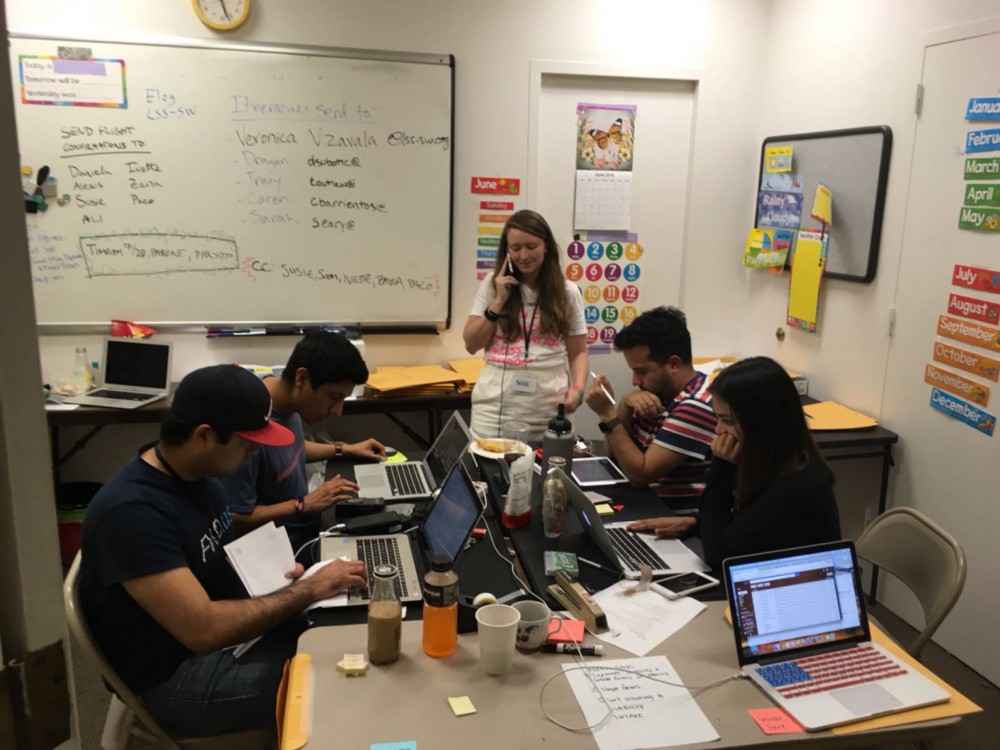
For fun, we provided coloring books, board games, storybooks, stuffed animals, puzzles and Play-Doh. We had “movie nights” — showing kid-friendly films on a projector borrowed from the ACLU of Arizona.
I met Heidi during one of those movie nights. She volunteered to help make popcorn for the other kids. And she told me what the immigration officials told her: “Miss, ahí donde estuve me dijeron que mi mama ni se acordaba de mí, que se fue de regreso y me dejó aquí.” […that her mother had abandoned her after they were separated.]
All I could say was, “Now, you know that is not true. Your mother loves you more than anything in the world.” She just smiled and said, “Yes.”
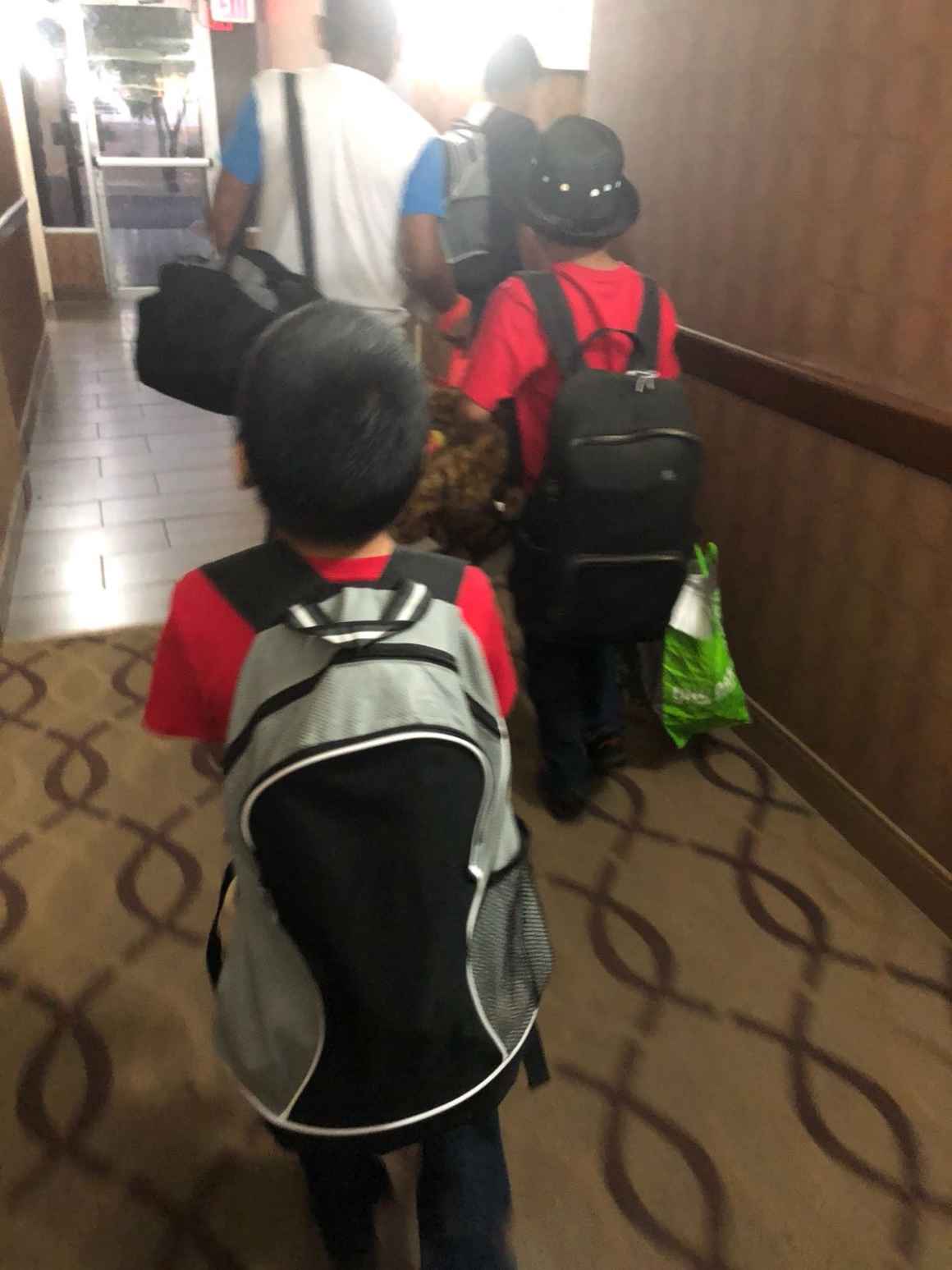
This was not the only heartbreaking story I heard during my time there.
While I was walking through the hotel lobby, I saw a father trying desperately to comfort his 6-year-old son, who was crying frantically. I asked the man if there was anything I could do. He said, “No, he’s fine. He’s just crying because his mom went to the restroom and he is afraid she won’t come back.”
Another father told me he didn’t understand why anyone would separate little children from their families. “Nosotros nada más queremos sobrevivir, trabajar. No venimos a hacerle daño a nadie. No entiendo porque nos tratan como si ni fuéramos gente,” he said. [We just want to survive and work. We don’t hurt anyone. I don’t understand why they treat us as if we are not people.]
The week was a roller coaster of emotions for all of us. We were excited, nervous, anxious, worried, sad, happy, angry, outraged, calmed, irritated, exhausted and hopeful — all seemingly at the same time. Although it was physically and emotionally draining, I met some great people not only from the other organizations, but also volunteers and hotel staff.
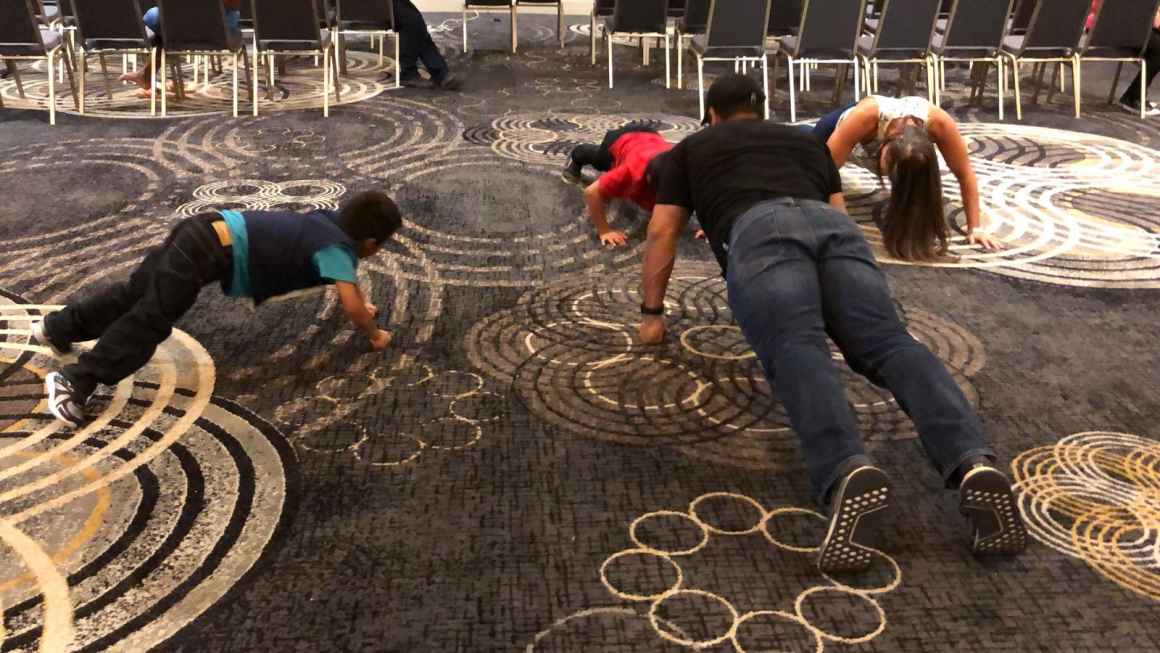
The volunteers helped us in many ways. They played with the children, talked to the parents, and always had a cheerful attitude. The hotel staff were incredible. They made sure that the families had water and coffee in the conference room. They also donated big, hearty breakfasts for the families. They made sure we were well cared for, too. It was beautiful seeing people come together to help complete strangers.
I’m thankful and lucky that I had the opportunity to support these families. It made me realize that this is the time to step up: get involved, learn, volunteer, donate, educate your friends and family, protest, make calls and vote.
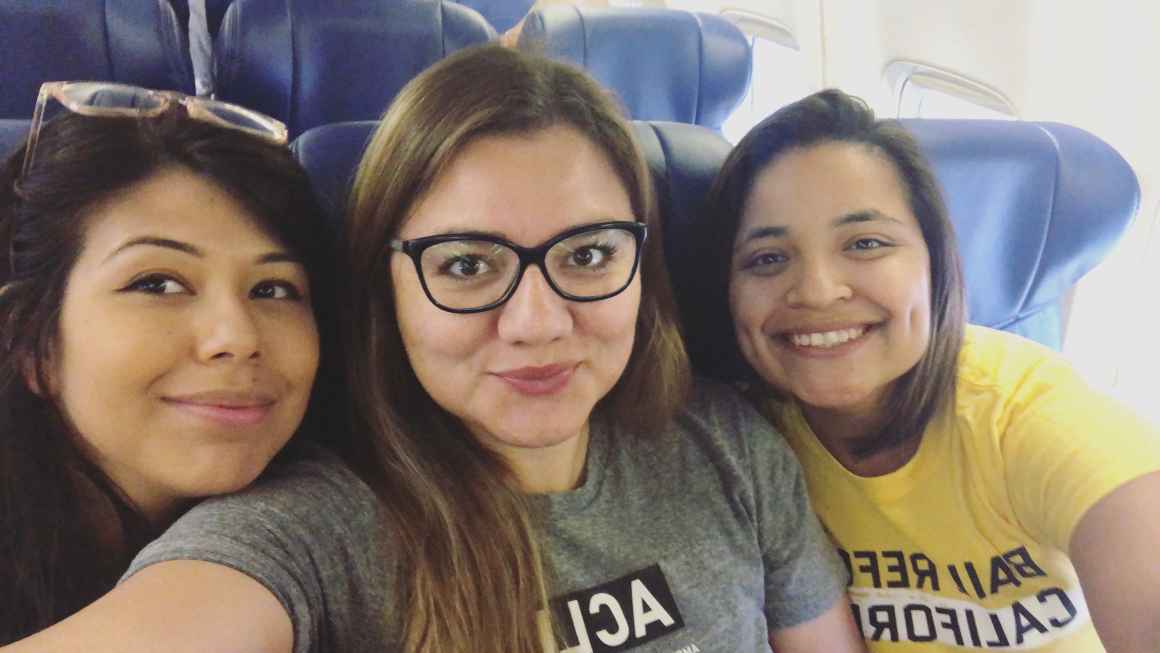
My director once told me, “We have a moral responsibility to help these families.” Now, I say to you: We all have a moral and civic responsibility to stop cruel anti-immigrant policies because families belong together.
Read Part I of this blog here.
Read Part II of this blog here.